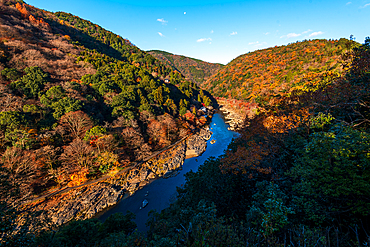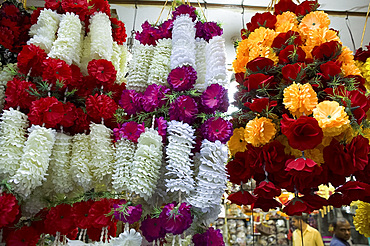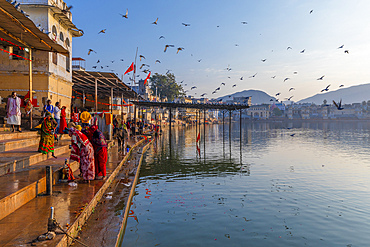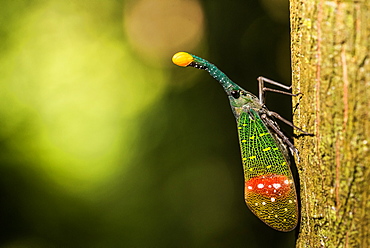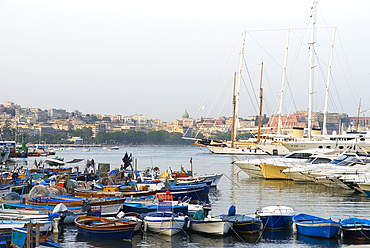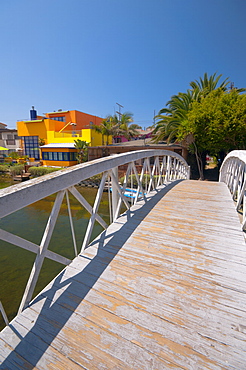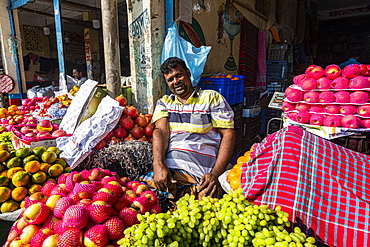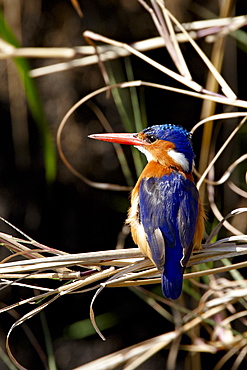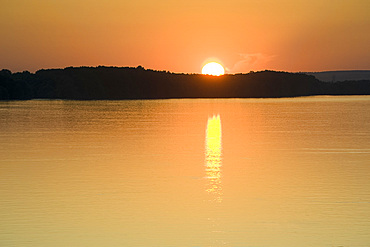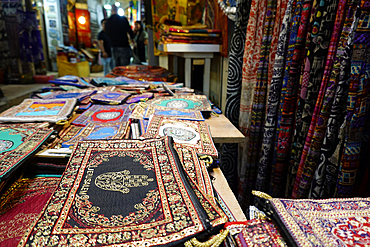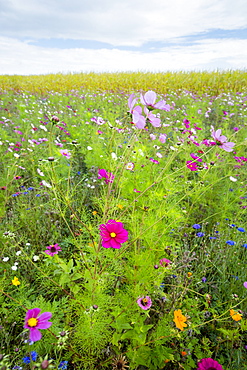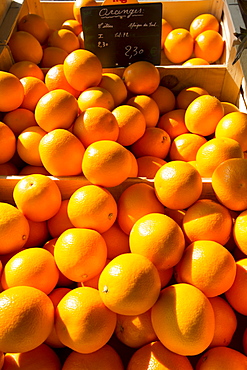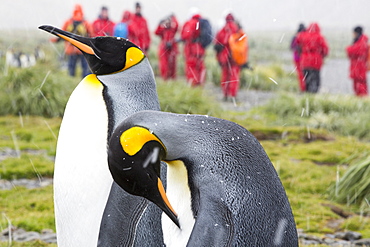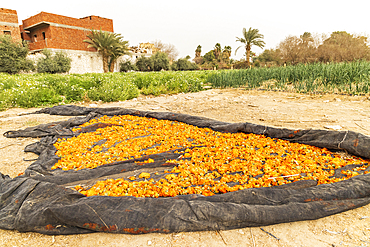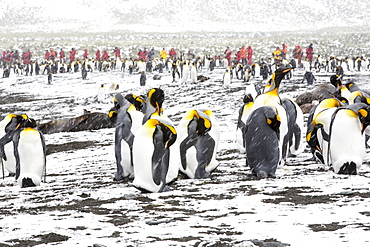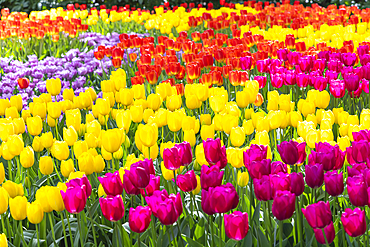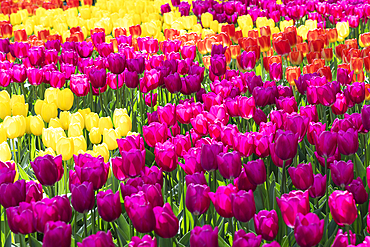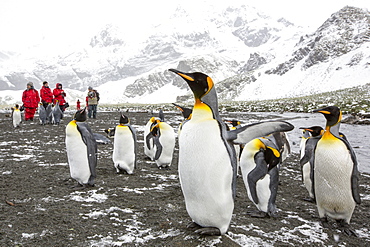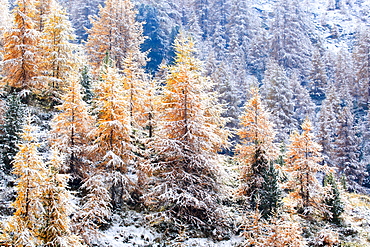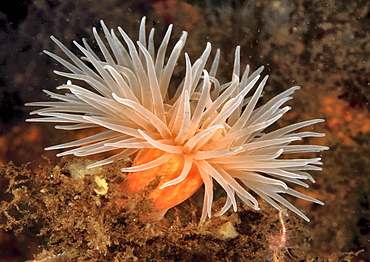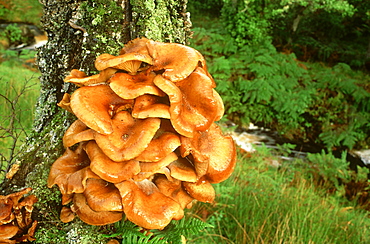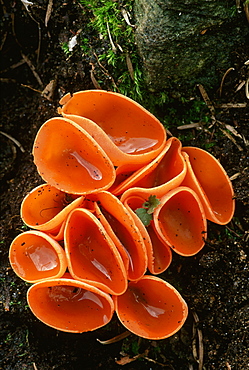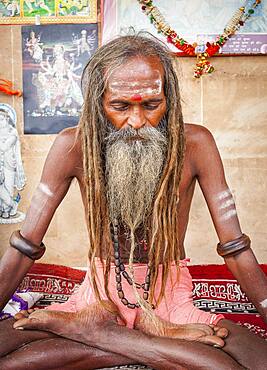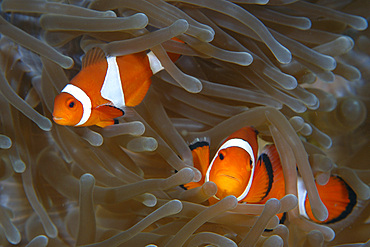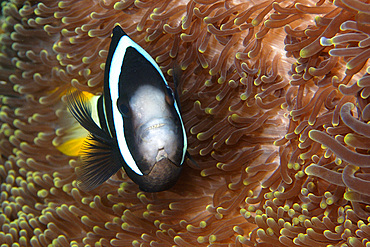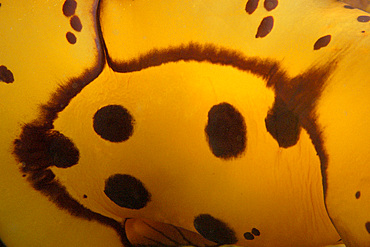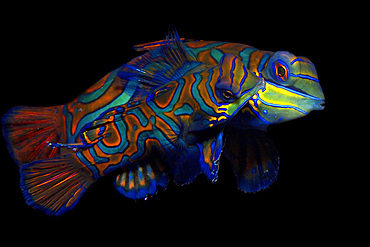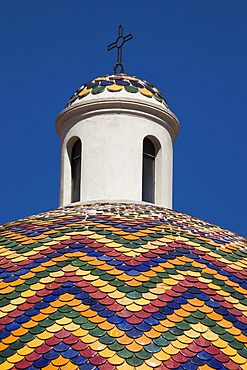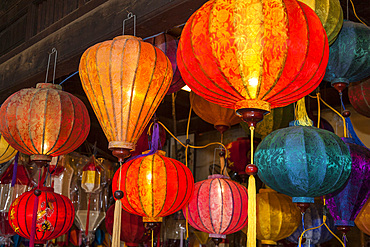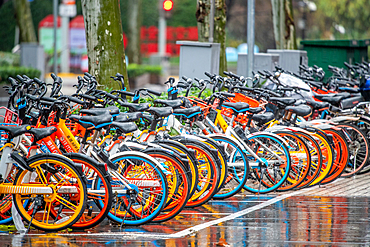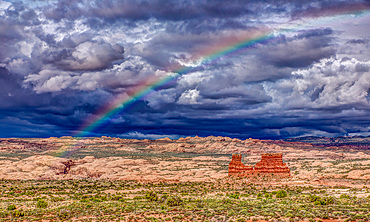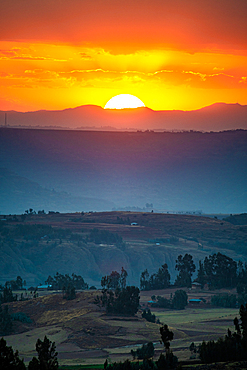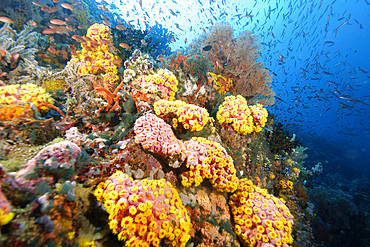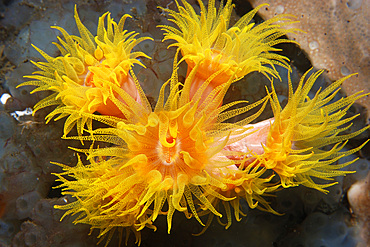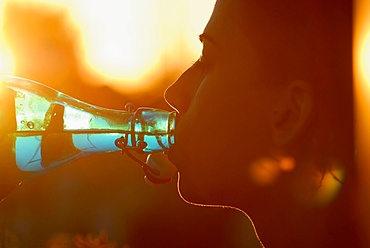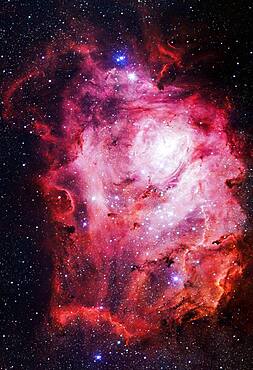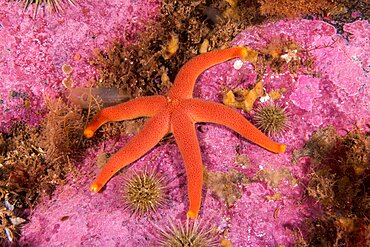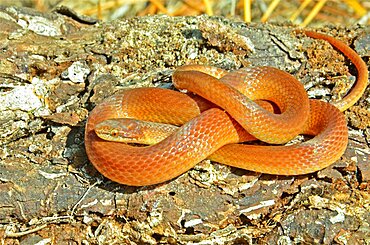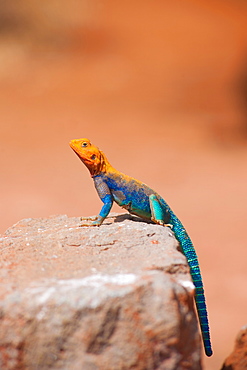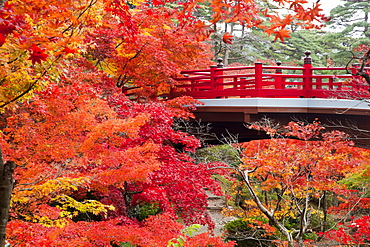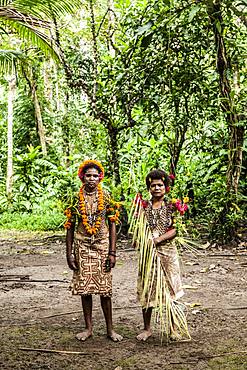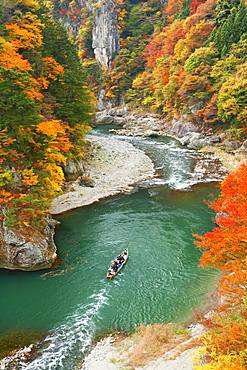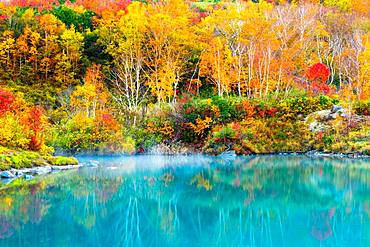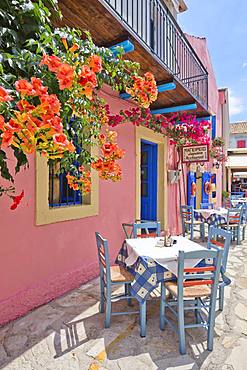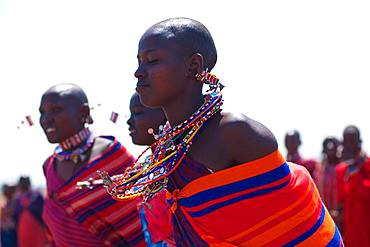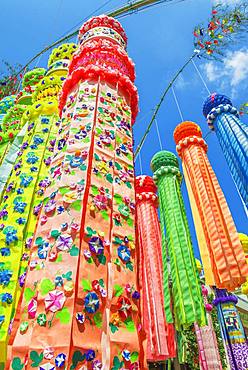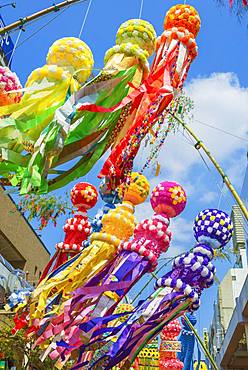Results
« Previous 1 2
105 results found
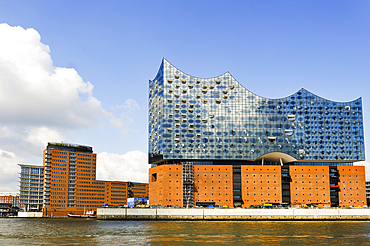
Elbphilharmonie, a concert hall built on top of an old warehouse building, by Swiss architecture firm Herzog and de Meuron, viewed from a ferry on Elbe river, HafenCity district, Hamburg, Germany, Europe
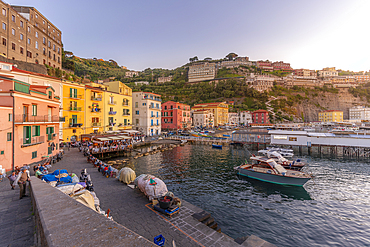
View of Sorrento harbour and Bay of Naples at sunset, Sorrento, Campania, Italy, Mediterranean, Europe
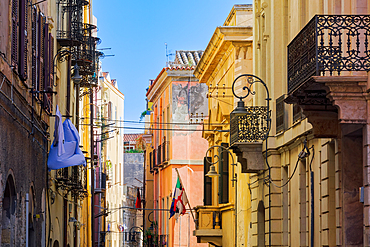
Historic center colorful buildings with wooden window shutters and iron balconies under clear blue sky, Cagliari, Sardinia, Italy, Mediterranean, Europe
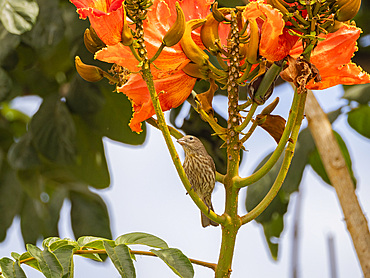
A female house finch (Haemorhous mexicanus), on flower, San Jose del Cabo, Baja California Sur, Sea of Cortez, Mexico, North America
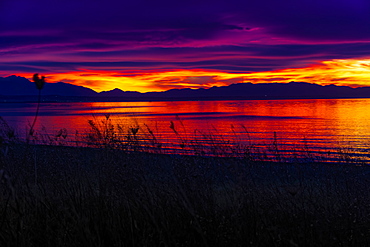
Mediterranean sunset over calm sea, orange and purple clouds over mountainous landscape silhouette, Greece, Europe
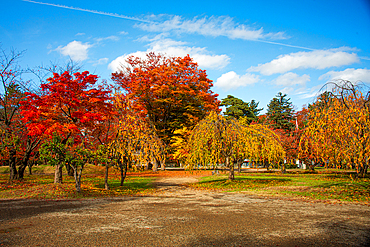
Vibrant orange and colorful autumn trees in the park of Hirosaki Castle, Hirsaki, Honshu, Japan, Asia
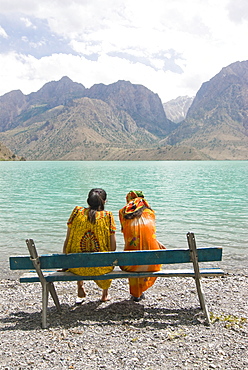
Bench at turquoise Iskanderkul Lake (Alexander Lake) in Fann Mountains, Iskanderkul, Tajikistan, Central Asia
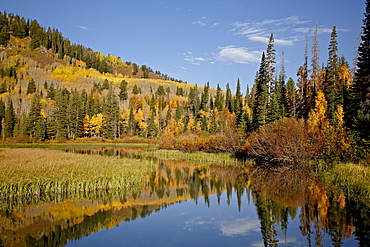
Yellow and orange aspens reflected in Sliver Lake in the fall, Wasatch-Cache National Forest, Utah, United States of America, North America
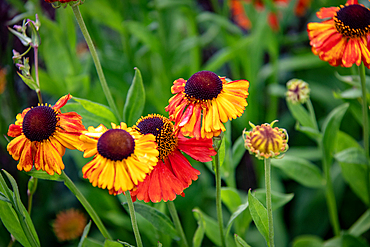
Vibrant orange and yellow heleniums with lush green foliage in a garden setting at Kew Gardens, London, England, United Kingdom, Europe
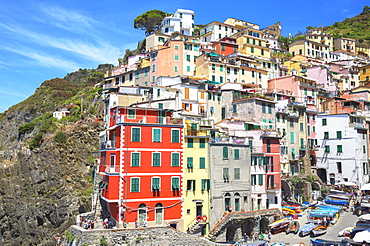
The colorful sea village of Riomaggiore, Cinque Terre, UNESCO World Heritage Site, Liguria, Italy, Europe
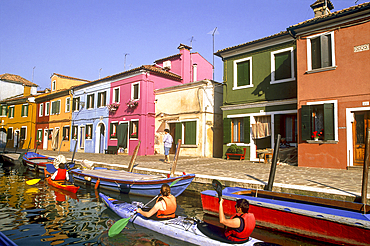
Kayak trip on a canal of Burano island, Venice, UNESCO World Heritage Site, Veneto region, Italy, Europe
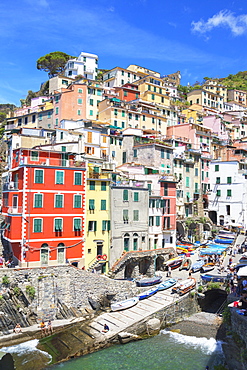
The colorful sea village of Riomaggiore, Cinque Terre, UNESCO World Heritage Site, Liguria, Italy, Europe

Red and yellow maple leaves on the ground in Vermont, New England, United States of America, North America
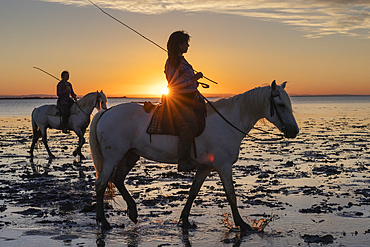
Saintes-Maries-de-la-Mer, Bouches-du-Rhone, Provence-Alpes-Cote d'Azur, France. July 6, 2022. Two women riding Camargue horses at sunrise.

Europe, Netherlands, South Holland, Lisse. April 26, 2022. Sculpture Levenboom, Tree of Life, by Jo Naus and Marjan Tabak.
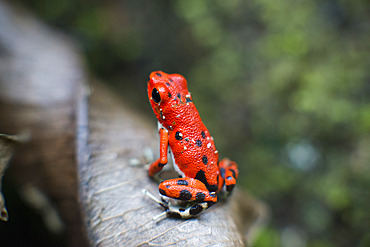
Strawberry Poison Frog (Dendrobates pumilio), adult, Bastimentos National Park, Bocas del Toro, Panama. The strawberry poison frog or strawberry poison-dart frog (Oophaga pumilio or Dendrobates pumilio) is a species of small amphibian poison dart frog found in Central America. It is common throughout its range, which extends from eastern central Nicaragua through Costa Rica and northwestern Panama. The species is often found in humid lowlands and premontane forest, but large populations are also found in disturbed areas such as plantations. The strawberry poison frog is perhaps most famous for its widespread variation in coloration, comprising approximately 15���30 color morphs, most of which are presumed to be true-breeding. O. pumilio, while not the most poisonous of the dendrobatids, is the most toxic member of its genus. The species is most diverse in Panama with varieties in vivid shades of all red, orange, blue, yellow or green, green and yellow, white with red, orange or black and spotted varieties. The most colorful mix is found in Isla Bastimentos Marine National Park though not all in one place. Colors vary by location. A beach on the north side of the island is named after the species. Two of Southern Explorations' Panama tours visit red frog habitat. Both the eight-day Panama Adventure trip and eleven-day Panama Highlights trip spend time in Isla Bastimentos Marine National Park and the former also goes to Red Frog Beach.
The red frog is not as poisonous as some of its cousins and is not a threat to humans. It subsists on a diet of ants that dine on poisonous plants, providing the red frog its protective skin toxin. Males attract females with a loud quick chirp. To hear the distinctive sound before you depart on your Panama tours, go to the University of Michigan Museum's biodiversity website (www.animaldiversity.ummz.umich.edu.) After birth, the tadpoles climb aboard the mother who deposits them in different protected areas where she retu
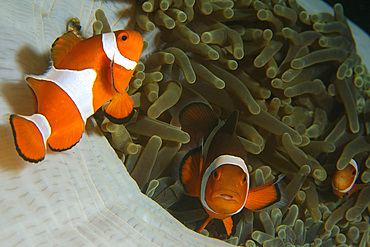
Family of false clown anemone fish, Amphiprion ocellaris, seeking refuge in sea anemone, Dumaguete, Negros Island, Philippines.
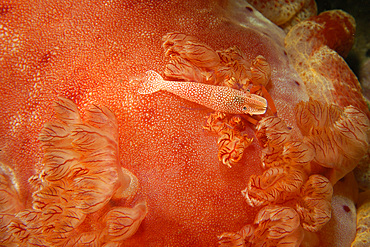
Emperor shrimp, Periclimenes imperator, next to gills of spanish dancer, Hexabranchus sanguineus, night, Puerto Galera, Mindoro, Philippines.
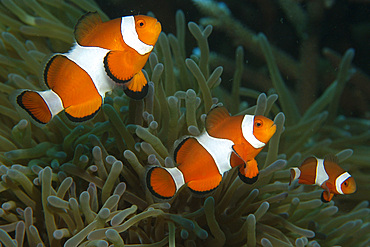
Family of false clown anemone fish, Amphiprion ocellaris, seeking refuge in sea anemone, Masaplod, Dumaguete, Negros Island, Philippines.
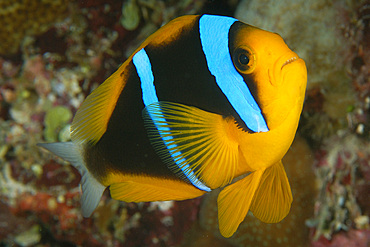
Orange-finned anemonefish, Amphiprion chrysopterus, and Merten's sea anemone, Stichodactyla mertensii, Namu atoll, Marshall Islands (N. Pacific).
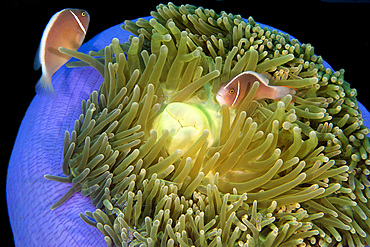
Pink anemone fish, Amphiprion periderion, on magnificent sea anemone, Heteractis magnifica, Dumaguete, Negros, Philippines.
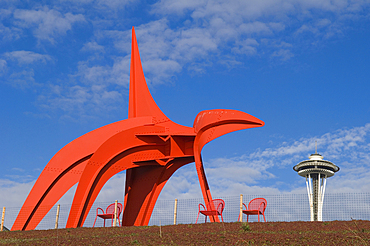
Alexander Calder's "Eagle" in the Seattle Art Museum's Olympic Sculpture Park with the Space Needle in the distance; Seattle, Washington.

Flowers decoration workshop in the Paul Gauguin cruise ship. France, French Polynesia, Polynesian, South Pacific.

Family of false clown anemone fish, Amphiprion ocellaris, seeking refuge in sea anemone, Masaplod, Dumaguete, Negros Island, Philippines.
